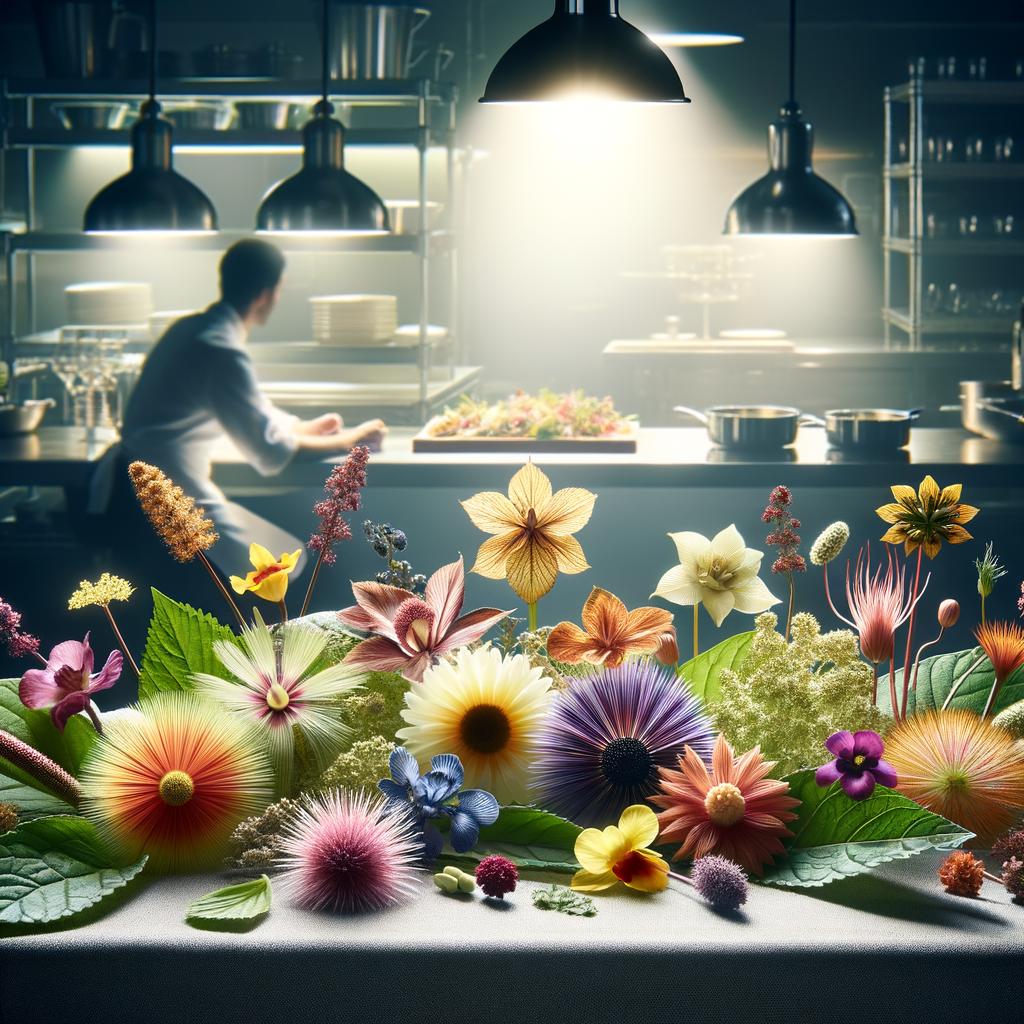Edible Flowers

Description
Edible flowers, a delightful and whimsical ingredient, are a feast for the senses. They are a riot of colors, ranging from the purest whites to the deepest reds, and every hue in between. Their textures run the gamut from the delicate, almost ethereal softness of petals to the crunch of sturdier stems. The flavor profile of edible flowers is as varied as their appearance, from the peppery bite of nasturtiums to the sweet, honey-like taste of violets. Edible flowers are unique in that they are one of the few ingredients that can be used to add both visual appeal and flavor to a dish.
Primary Uses
Edible flowers are used in a wide variety of culinary applications. They can be used as garnishes for salads, desserts, and cocktails, bringing a touch of elegance and whimsy. In certain cuisines like Indian and Thai, flowers like rose and jasmine are used to infuse distinct flavors into sweet dishes and teas. Some flowers like squash blossoms are even stuffed with cheese and fried. Beyond the culinary world, edible flowers are also used for their medicinal properties. For instance, chamomile flowers are known for their calming effects and are commonly used in herbal teas.
History
The use of flowers in cooking has a rich and romantic history that dates back centuries. The ancient Romans, Greeks, and Chinese were known to incorporate flowers into their meals. In the Victorian era, the language of flowers was a popular way to express emotions that couldn't be spoken aloud, and this extended to the dining table as well. The use of edible flowers saw a decline in the 20th century, but they have seen a resurgence in recent years, with many chefs using them to add a touch of beauty and sophistication to their dishes. There are also many folklores associated with flowers. For instance, it was believed that eating marigolds could help you see fairies!
Nutritional Information
Edible flowers are not just pretty, they are also packed with nutrition. They are rich in vitamins like Vitamin C and A, and minerals like potassium. Certain flowers like roses are known for their high antioxidant content. However, it's important to note that not all flowers are edible and some can be poisonous. Always ensure that the flowers are safe for consumption and are free from pesticides. Compared to other garnishes like herbs, edible flowers often have a higher vitamin content, making them a nutritionally rich, as well as visually appealing, addition to any dish.

